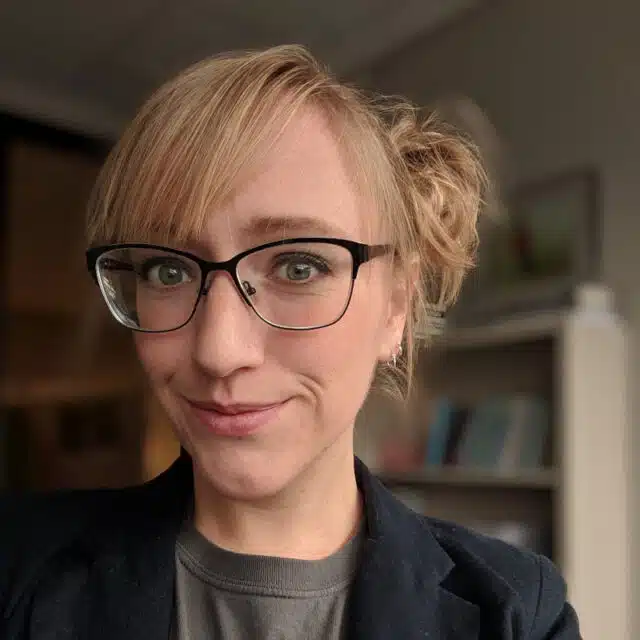
The Holden Seed Bank for regional restoration at the Holden Arboretum has just wrapped up its first year. We’re celebrating!
We hope you’ll join us for “A Celebration of Seeds” at the Cleveland Botanical Garden, Thursday August 8, 2024 from 6-8pm. Experts from HF&G, Pollinator Partnership, Cleveland Metroparks, and Wild Ones Greater Cleveland will discuss the value and joy of native seeds in a panel moderated by Eco Speaks CLE podcast host Diane Bickett. Come at 6pm to enjoy a drink (credit card bar) and socialize with fellow plant-lovers while learning how you can get involved in conserving native plants in your community. The panel begins at 7pm; tickets $10. Learn more and buy tickets here.
To learn more about the accomplishments of the seed bank in its first year, and to hear what’s on the horizon, check out our article in today’s FreshWater Cleveland: Celebrating the Holden Seed Bank: One Year of Growth.
Why a seed bank for forest restoration?
Reforestation is one of our best tools to fight against climate change. But locally-sourced native tree seedlings are not commonly available in the region. Conservation and restoration practitioners want them, and there are even growers that would like to grow them. But there’s just not a supply chain pipeline set up to make it happen just yet. Launching this sort of seedling supply will take a big up-front investment, since it takes a few years of growth before a seedling is ready to sell for planting.
We’re up to the challenge.
We know this investment will be worth it: Research has shown that locally-sourced native trees have better survival rates than those from farther away, though the difference might not be visible right away. The difference becomes more apparent after a heat wave, a really cold winter, or other extreme event: The locals can weather the full spectrum of conditions in an area, and in the long run, tend to do better.
Want to make a difference? Plant a tree
When it comes to fighting climate change, planting a single tree in your urban yard might seem too small to make a meaningful difference. But it will have a meaningful impact on how climate change affects your home. Shade provided by even a single tree has a meaningful cooling effect, which can be especially helpful in urban heat islands.
At a larger scale, adding species diversity and genetic diversity to a forest (or neighborhood) increases its resiliency and health in the face of hardships. It’s a matter of diversifying the portfolio: The more variety there is, the less devastating the impact of a loss.
Anyone whose street used to be lined with ash trees — and today has no trees — has seen this first hand. If the developers had planted five different species including ash, today you’d still have four out of every five lining the road.
That’s why, whether it’s 1,000 acres or a single tree, the Holden Seed Bank is excited to begin growing locally-sourced, native tree seedlings to reforest our region.
Learn more about the Holden Seed Bank.

Anna Funk, PhD
Science Communications Specialist
Anna Funk is the Science Communication Specialist for Holden Forests & Gardens. She earned her Ph.D. studying prairie restoration before leaving the research world to help tell scientists’ stories. Today, she wears many hats, working as a writer, editor, journalist and more — anything that lets her share her appreciation of science and its impact with others.













